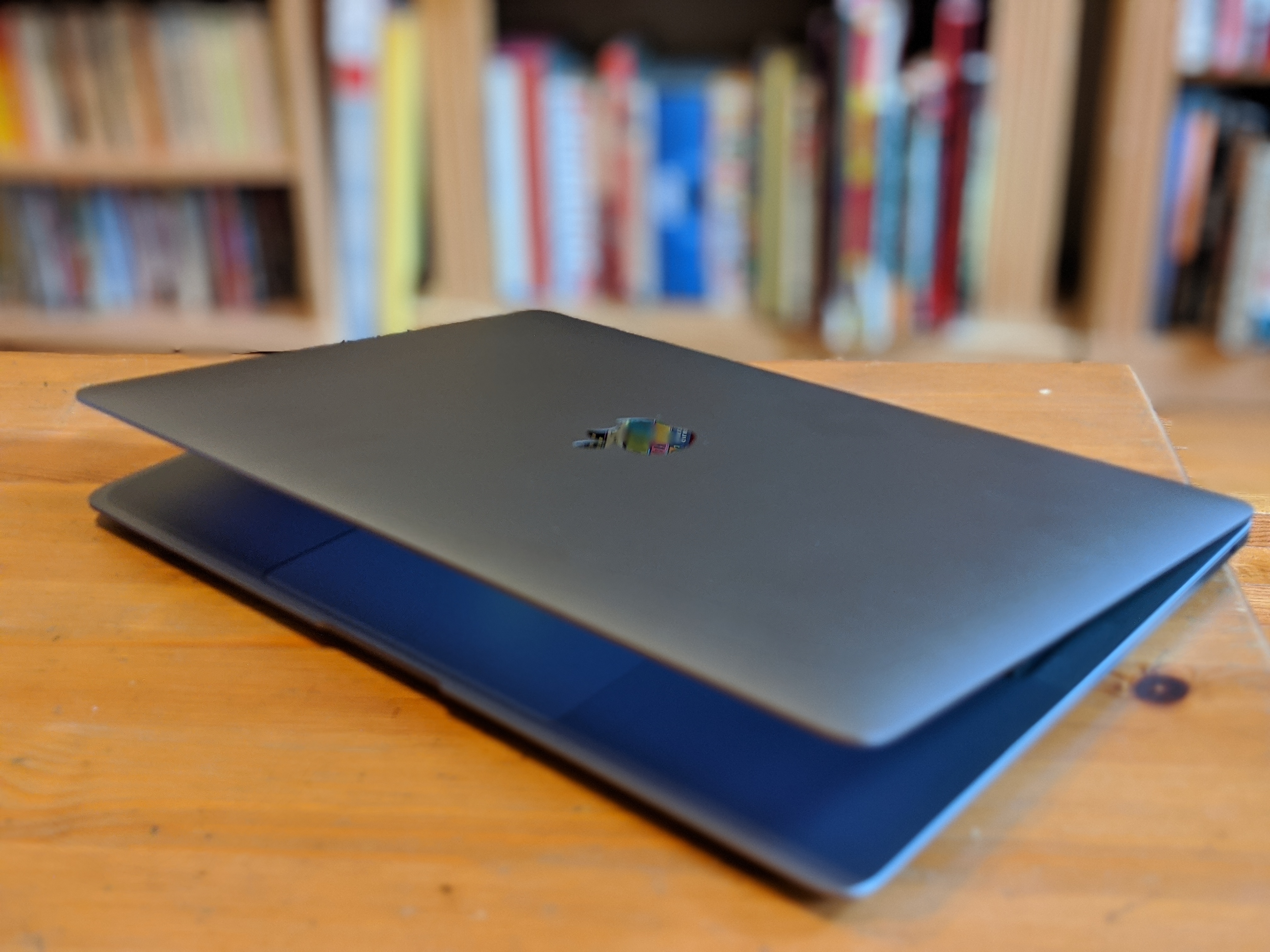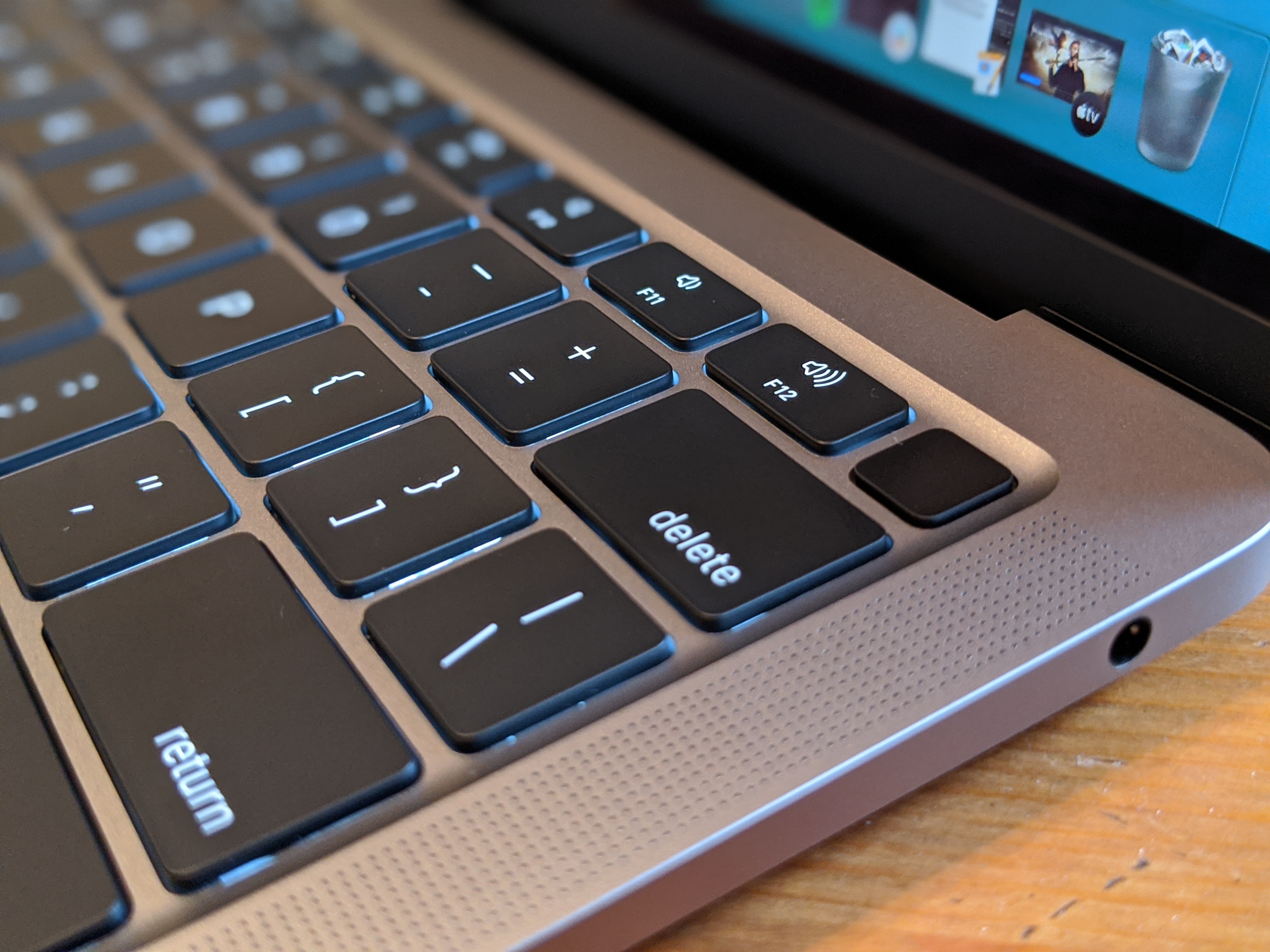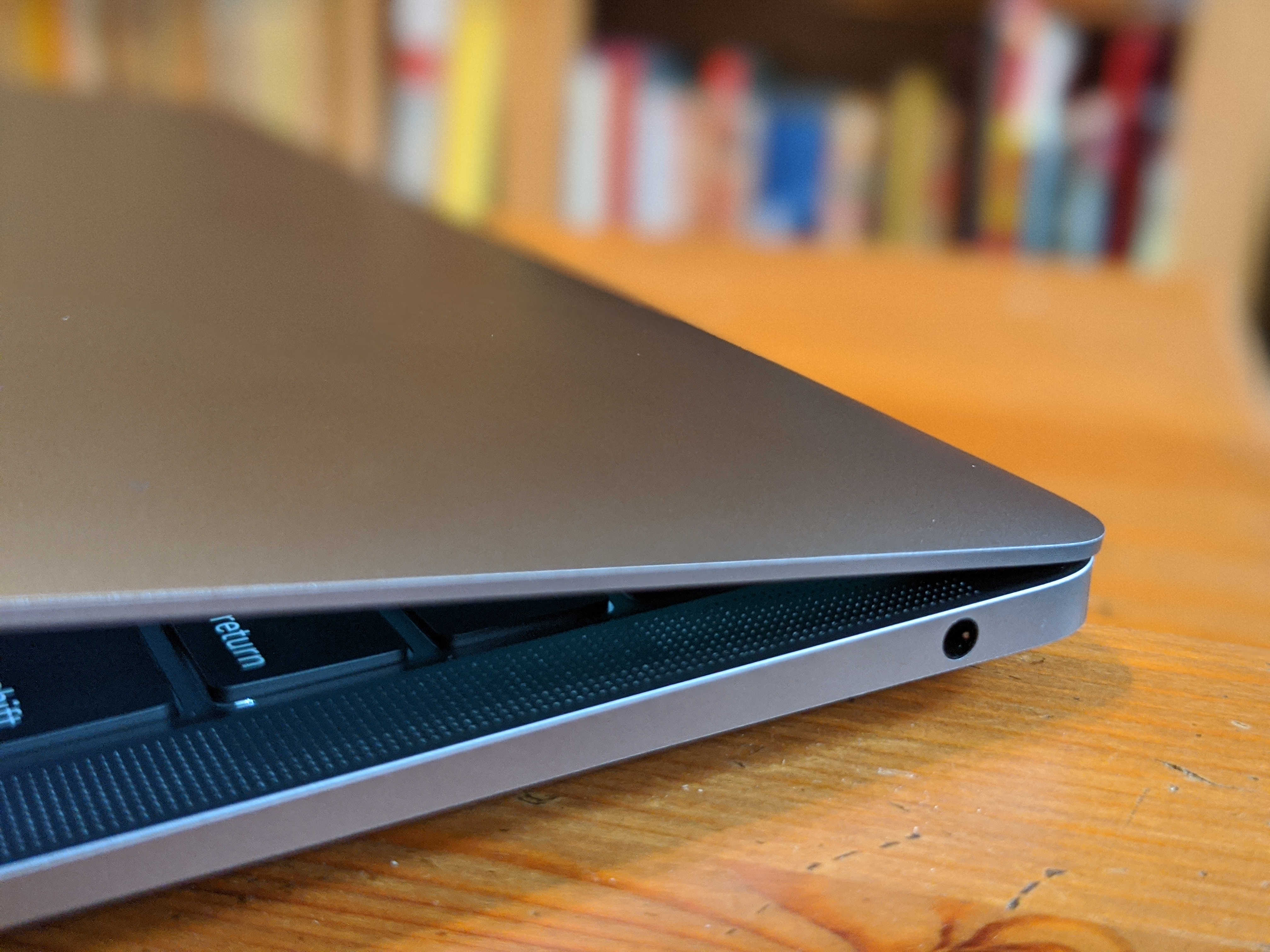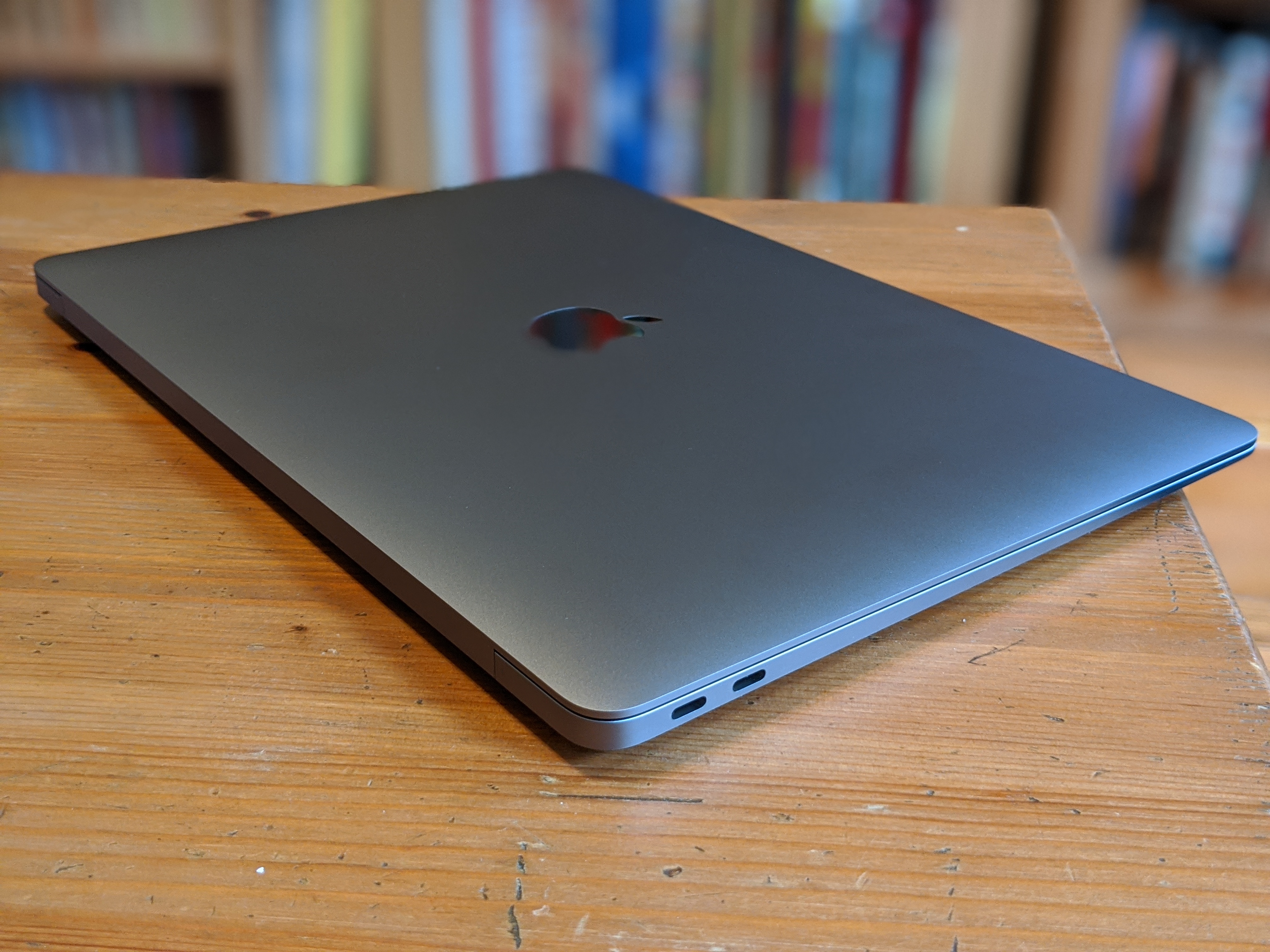
Happy Saturday-ing at home, peeps! Today we're going to talk about tablets!
It seems like most people on the Android side of tech aren't really into tablets, not even the ones who run things at Google. I fall into that category, but a big reason why is that they really aren't that great when you try to get any work done with one. You need an external keyboard (and maybe even a mouse) to type more than a few words and tablet keyboards have a long history of being giant pieces of crap that you only used because there was no better alternative.
I get it. A tablet is designed to be light and portable and if you attach a substantial keyboard to one like ASUS did with the old Transformer series you end up with a laptop, so you might as well be using a Chromebook or a MacBook Air. Samsung must know this because it tried to address the situation with the Galaxy Tab S6's first-party keyboard that was stiff and sturdy in some of the right places and had a built-in trackpad that was good to use.
Samsung Galaxy Tab S6 review: The best Android tablet ever
Now Samsung needs to go the extra mile and just copy the hell out of Apple's new iPad Pro keyboard and call it done. Seriously — copy it, then fight about it later in court and give zero Fs about what Apple pundits have to say about it all.
As someone who has suffered through trying to use the Pixel Slate on my lap with its flimsy and very crappy keyboard, I have some authority here. If you have a Slate and have done the same, you know what I mean when I say flimsy book cover style keyboards have no business existing for any device bigger than 5-inches and if you try to use one you'll spend more time keeping it perched on your lap that you will be typing. They're awful.
What you do is make the bottom stiff enough to stay flat, which is exactly what Samsung has done with the Tab S6, and make the back stiff enough to hold the tablet in place. Samsung didn't do that second part with the Tab S6, and it will flop over on you unless you hold things fairly still. Then along comes Apple with some very pretty and seemingly gravity-defying keyboard that still uses a magnetic mounting mechanism, and the company stuck a jillion dollar (OK, $299 for the 11-inch version but I'm still close enough) price tag on it because it knows it can get away with it.
It's expensive but probably worth it for people in the Apple ecosystem. Samsung could do it better and cheaper.
I thought just like that when I first saw it, too. Then I got to thinking. What if Samsung copied that mf'er, complete with the fantastic trackpad integration, then sold it as a $179 accessory to the next Galaxy Tab S premium model? Keep the folio keyboard for everyone who almost never wants to use a keyboard (after the price is cut way down) but have this magical new accessory keyboard that does everything just as good or better than Apple's new swanky stuff.
We all know Samsung can do it. Don't look at me that way, you know damn well Samsung copied plenty of things from Apple and Apple copied plenty of things from Samsung or Android and that every company copies anything that's good. Realize that this means better products for us to buy and stop caring what company CEOs cry about; that's what lawyers are paid to do.
Anyhoo, Samsung could build and sell a new keyboard a lot lower than Apple will and people who want to try using a tablet as a real work device would benefit. Two things make that something I really want to see: Android's "openness" and Samsung's ability to make small but significant changes to its designs.
A Galaxy Tab S6 would be just as great for working as an iPad Pro if it were easier to type on the go on it.
Android has the benefit of having an open file system — meaning you can plug a device in and access actual files and folders — and uses the regular USB standards. That means you can plug an SD card or a thumb drive or a camera or whatever in and it can just work without any "Made for Samsung" BS necessary.
And Samsung is not afraid to take an existing design and tweak it with new ideas. Sometimes we hate that, but other times it makes the people at Samsung look like the crazy super-geniuses they probably really are. Samsung would identify what's wrong with the design and try to correct it with version two. And three. And four. Samsung would add new trackpad gestures and improve how Samsung DeX or Android's desktop mode works with the trackpad. Samsung would take that keyboard design and turn it into something of its own.
And that's when I'll actually want to use a Galaxy Tab S every day. Please make it happen, Samsung.
https://news.google.com/__i/rss/rd/articles/CBMiaWh0dHBzOi8vd3d3LmFuZHJvaWRjZW50cmFsLmNvbS9zYW1zdW5nLXBsZWFzZS1jb3B5LWFwcGxlcy1yaWRpY3Vsb3VzbHktZXhwZW5zaXZlLWlwYWQtcHJvLWtleWJvYXJkLWRlc2lnbtIBbWh0dHBzOi8vd3d3LmFuZHJvaWRjZW50cmFsLmNvbS9zYW1zdW5nLXBsZWFzZS1jb3B5LWFwcGxlcy1yaWRpY3Vsb3VzbHktZXhwZW5zaXZlLWlwYWQtcHJvLWtleWJvYXJkLWRlc2lnbj9hbXA?oc=5
2020-03-21 12:15:40Z
52780671622905





